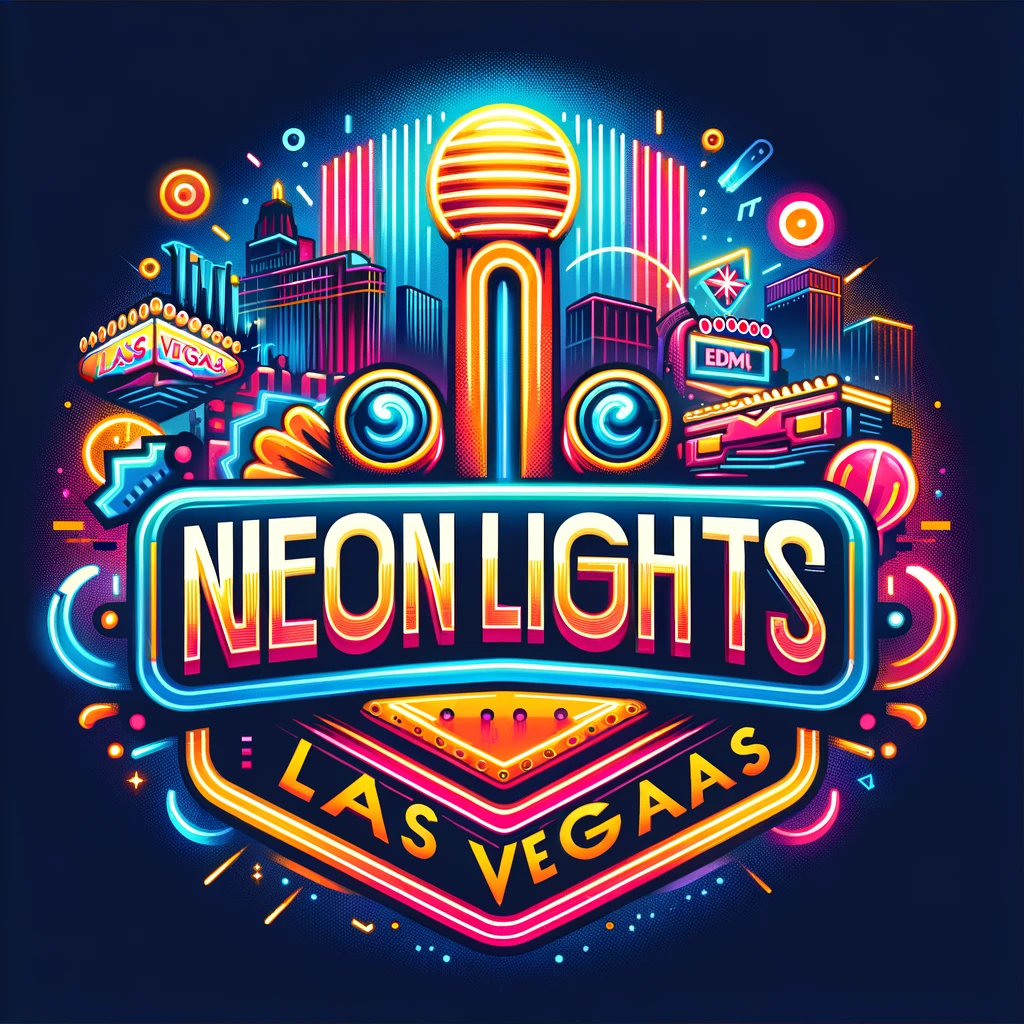Beepy Bella Explores Identity, Artistry and Beautiful Mistakes Inside ‘twentynine’ Magazine
August 18, 2025 - Hip Hop
Isabella Lalonde, better known as Beepy Bella, is celebrated for her surreal aesthetic and the intricate, nostalgic details in her jewelry line. Her latest venture, twentynine, is a collaboration with artist Maya Man (aka mayaontheinternet) on an AI-assisted mini teen zine that explores identity, beauty, and the strange illusions of media through the lens of technology. The project reimagines the glossy world of fashion publications, using AI-trained images of both artists to craft alternative reality editorials and campaigns that are as seductive as they are unsettling. It’s a powerful commentary on outdated ideals of femininity and perfection, mirroring the cultural pressures that have long imposed unrealistic standards, especially on women.
Lalonde approached twentynine with her signature mix of curiosity and rebellion. “Usually, my creation process is what I describe as quirky mad scientist meets aspiring Hogwarts librarian,” she says. But instead of sculpting glass mushrooms or assembling tactile objects, she found herself training an AI model on her own likeness and personal archive. What emerged was a body of digital “strangely morphed organisms” that blurred the line between reality and fabrication. For Lalonde, it felt like expanding her studio into a realm where the materials themselves could shapeshift at will.

From the start, Lalonde’s approach to twentynine was rooted in reclaiming control over image-making. She saw the zine as an opportunity to dissect the illusions of beauty and perfection that the media has long sold to the public—especially women. “I wanted to exploit that experience by encapsulating it into a mock magazine, a medium that innately is prone to unrealistic beauty standards,” she explains. By generating fashion editorial–style images that looked like they belonged in glossy ad campaigns, she created a body of work that seduced the eye while planting seeds of doubt in the viewer’s mind. These were not simply portraits—they were confrontations, asking us to look again and question what we’re consuming.

Her vision carries into the twentynine gallery exhibition as well, where the magazine’s content transforms into immersive installations. The wall displays collaborative fabric works, while custom plush dolls—stitched from deadstock and AI-printed fabrics—bring zine characters into three-dimensional form. There’s also a performance piece: a deliberately awkward, silent influencer meet-and-greet with Maya, complete with odd props like a jiggling cake of Jello and pastel matcha drinks. “We are just being observed, while strangers get to execute images of us on AI,” Lalonde says. “It is the idea of control.”
For Lalonde, the tension between control and surrender is where the work comes alive. She embraces AI’s glitches and imperfections as much as its capabilities. “It’s not something to be scared of, it’s something to use, and learn how to control when it comes to your own practice,” she says. The Lenovo Yoga 9i 2-in-1 Aura Edition, imagined with Intel, also became a natural part of her process—not as a flashy gadget, but as a flexible, hands-on workspace that let her sketch, rotate, and manipulate her imagery the same way she might handle a physical object in her studio. The device gave her the fluidity to work intuitively, feeding her ideas back into the project as quickly as they came.

At the core of Lalonde’s philosophy is a belief that the artist—not the algorithm—must lead. She sees AI as a tool for amplification, not replacement, and as a potential equalizer for artists working without big budgets or industry access. “A lot of our greatest inventions as humans are born from mistakes,” she reflects. “And I’m excited to see how that applies to the beautiful mistakes that will happen with AI.” In twentynine, her work doesn’t just challenge how we see beauty—it challenges how we see the future of creativity itself.
twentynine forms part of Make Space, an ongoing Lenovo and Intel initiative that equips emerging artists with cutting-edge tools, creative partnerships, and platforms—from workshops to digital activations—to experiment freely and push the boundaries of artistic expression.
Juvenile Interview - New Album Boiling Point, His Side Hustles
Juvenile talks legacy, new album, Cash Money reunion and more in a new interview with XXL. Continue reading…| Play | Cover | Release Label |
Track Title Track Authors |
|---|
